The Beauty of Kimono (Part 2)
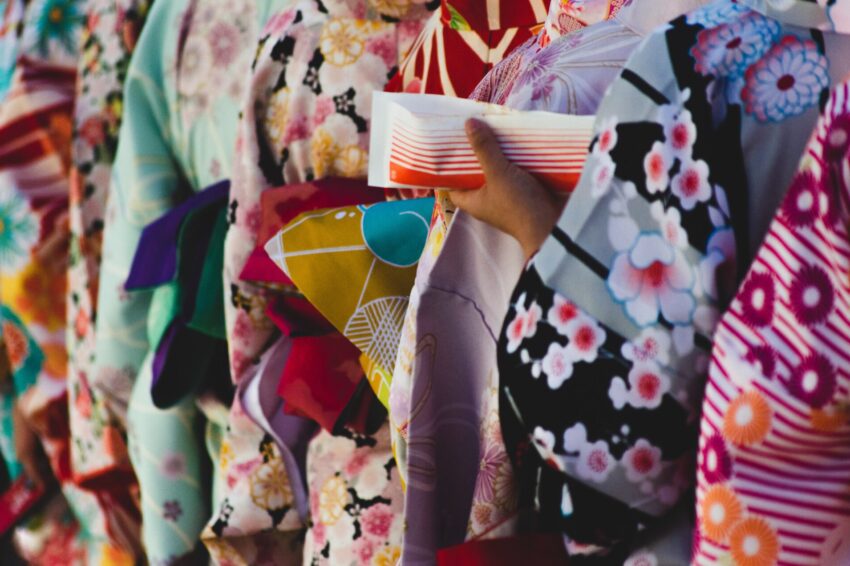
Top Photo by Bruno Aguirre on Unsplash
Last time, we covered the basics of kimono and how you can in fact rent them to wear for yourself when wandering about Kyoto. This week, I shall finish off my tale by telling you about the experience itself.
So, let’s rent that kimono
First, we looked for a reasonable rental shop as we both wanted to experience wearing kimono. Kyoto, being a famous tourist destination where one can stroll around wearing traditional attire, is rife with shops. However, every shop had nearly the same price range, which was quite expensive. The pricing was charged on the basis of rental hours.
For instance, for two hours (the minimum duration offered) and for two people, we paid around 7000 yen including tax. Generally, renting a whole kimono set may cost up to 3500-4000 yen. The cost of women’s kimono sets are a little higher than men’s as it includes an optional hairdo styling. But for a once-in-a-lifetime experience, I feel it’s worth paying for.
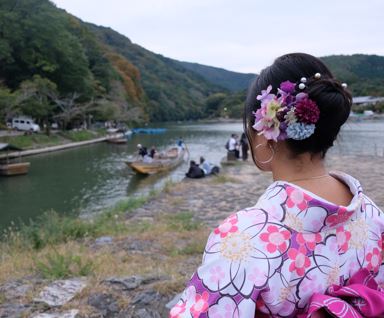
Picture taken with my Kimono hairdo.
Now, to say how a kimono is worn is the most difficult part, as only professionals or someone of the older generation can explain it better. Due to the complex process of correctly wearing a kimono and its high pricing, kimono culture is not seen as a common phenomenon in recent years among the younger generations. But there is a specific method to it.
First, we chose our respective kimono in the shop. I was flabbergasted at viewing their awesome collections. We got matching geta (traditional wooden sandals) and unique silk clutch bags. We were asked to hand over our belongings- jackets, shoes, luggage etc. Don’t worry, this is normal- it’s essentially like a security deposit, and everything was kept safe until we returned the rented kimono sets. In some shops, there can also be a deposit fee which is then returned later. I remember then entering a room in the shop where there were almost 5-6 professional lady dressers who were dressing up other tourists (men and women will have different dressing rooms).
When I finally had the chance to wear a kimono!
Before entering the room, we had to take off our shoes and place them on a shelf, then receive a token. The changing room was a spacious room with mattresses on the floor, all covered with super white bed sheets. There were big mirrors on the walls, as well as a wide collection of colorful hairpins and flower accessories. Some staff were arranging the already returned kimonos. Others were doing the hairdos. Two ladies with utmost hospitality and smiling faces came over to me to dress me up.
Altogether, I was wrapped with almost four layers of cloth pieces, the third being a cotton inner jacket. On top of that I wore a huge cloth which was the final piece of kimono with the ultimate silk fabric work. After wearing the final layer of the clothing, I was then tied with the colorful belt or obi that completed the look. This then followed a beautiful hairdo where I chose the hairpins myself to match with my kimono. Lastly, I put on the geta. As I mentioned previously, men’s kimono tend to be lots of solid colors. My husband wore a plain maroon-ish kimono, got a kimono bag, his pair of geta, and we were all set for the stroll.
And the moment we walked out onto the Arashiyama streets of Kyoto, it was one of the most incredible experiences I have ever had. Because of this memory, Kyoto has forever taken a soft spot in my heart. I can say, without a doubt, you should never miss the chance to wear a kimono when you visit Japan, especially if you’re going to be in Arashiyama or the Gion district of Kyoto. Tokyo has kimono rental shops as well, especially around Shibuya. But Kyoto is where it will feel the most authentic as you stroll amidst the buildings of antiquity and the bamboo forests.
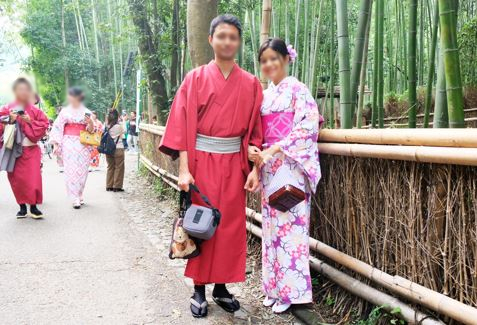
Photo taken by a random tourist in Arashiyama Bamboo forest, Kyoto
Now, how much does it cost to buy a kimono?
Sometimes I will randomly stop by a kimono store at malls. I don’t ever dare to go inside though, as you can probably guess by now that these things are not cheap. Kimono prices generally range from about 20,000 yen to over 500,000 yen and beyond for the high-quality stuff. Shocking, I know! In fact, there are no fixed prices for kimono; as it depends from store to store. Apart from the kimono cost, the obi/belt likely has to be purchased separately, which can be anywhere from 10,000 to 100,000 yen itself. Hence, buying a kimono is a really hard nut to crack.
However, there is a way to buy and wear something in place of kimono that also represents a great symbol of Japanese tradition and culture: The yukata. Yukata are just the summer version of kimono, made of cotton, polyester or linen. They are easier to wear and also affordable to buy. In fact, they are often complementary at traditional inns (to wear there, not keep!)
So, if you happen to visit Japan and want to buy a kimono as a sign of Japan, you can go for a yukata instead. These are readily available in malls and stores, and usually found in the range between 3,000 yen to 10,000 yen. A high-end yukata is about the same as a low-end kimono, think of it that way.
Conclusion
I hope you have enjoyed our trip through the world of the stunning traditional clothing of Japan, the kimono. Even if you can’t buy one, know that they are available for tourists rent, wear and stroll around beautiful places in. Wearing it and posing for photographs gives one a strong vibe and even what feels like a deeper understanding of Japanese culture. Well, this is just one aspect of that culture that I have shared with you all. I hope in the near future, I can share more of my experiences in this amazing country!
Photo Credits:
Top Photo by Bruno Aguirre on Unsplash
All additional photos provided by Anmona Handique, used with permission
All other content (text) created by the original author and © 2023 MUSUBI by Borderlink
RELATED
-

An Island of Fish Fests!
Top Photo: cheetahさん on PhotoAC What do we think of when we think of Japanese cuisine? Healthy? Sure. Sushi? Y… -
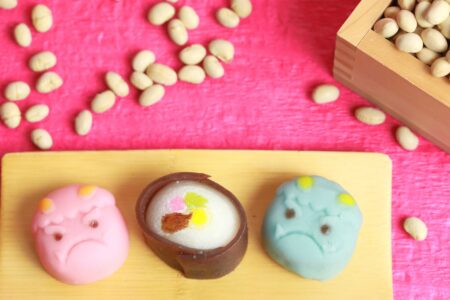
Japanese Sweets That You’ll Love
Top Photo: _musubiさん on PhotoAC Just in time for Setsubun, here are some delightful Japanese sweets to try! Cr… -
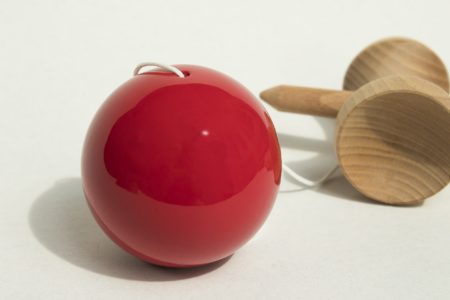
Why You Need to Try Kendama
Top photo: stux on Pixabay Over the past 10 years, a traditional wooden toy has been making a resurgence thro…
PEOPLE

Anmona Handique
From India
Has experienced Japan for 3 years!



